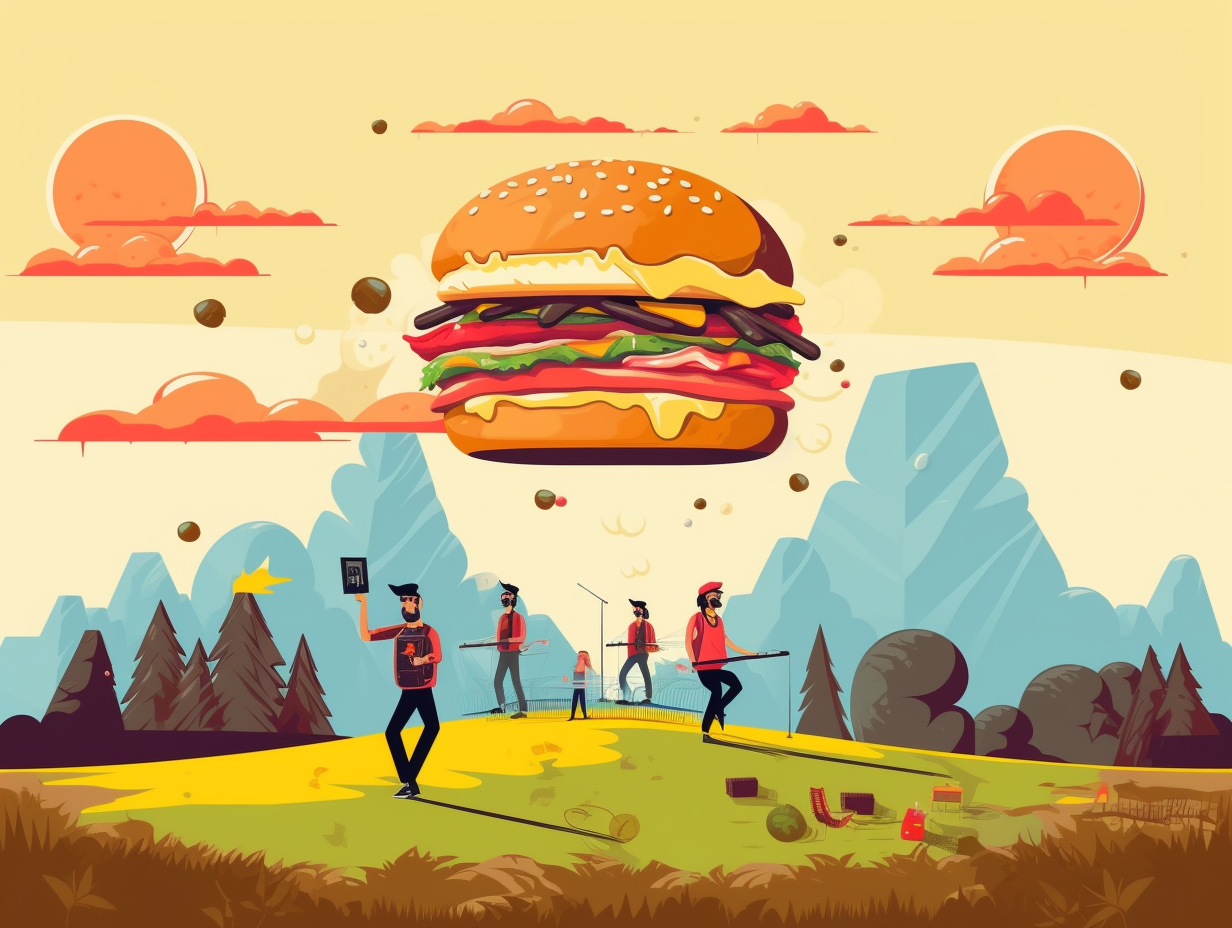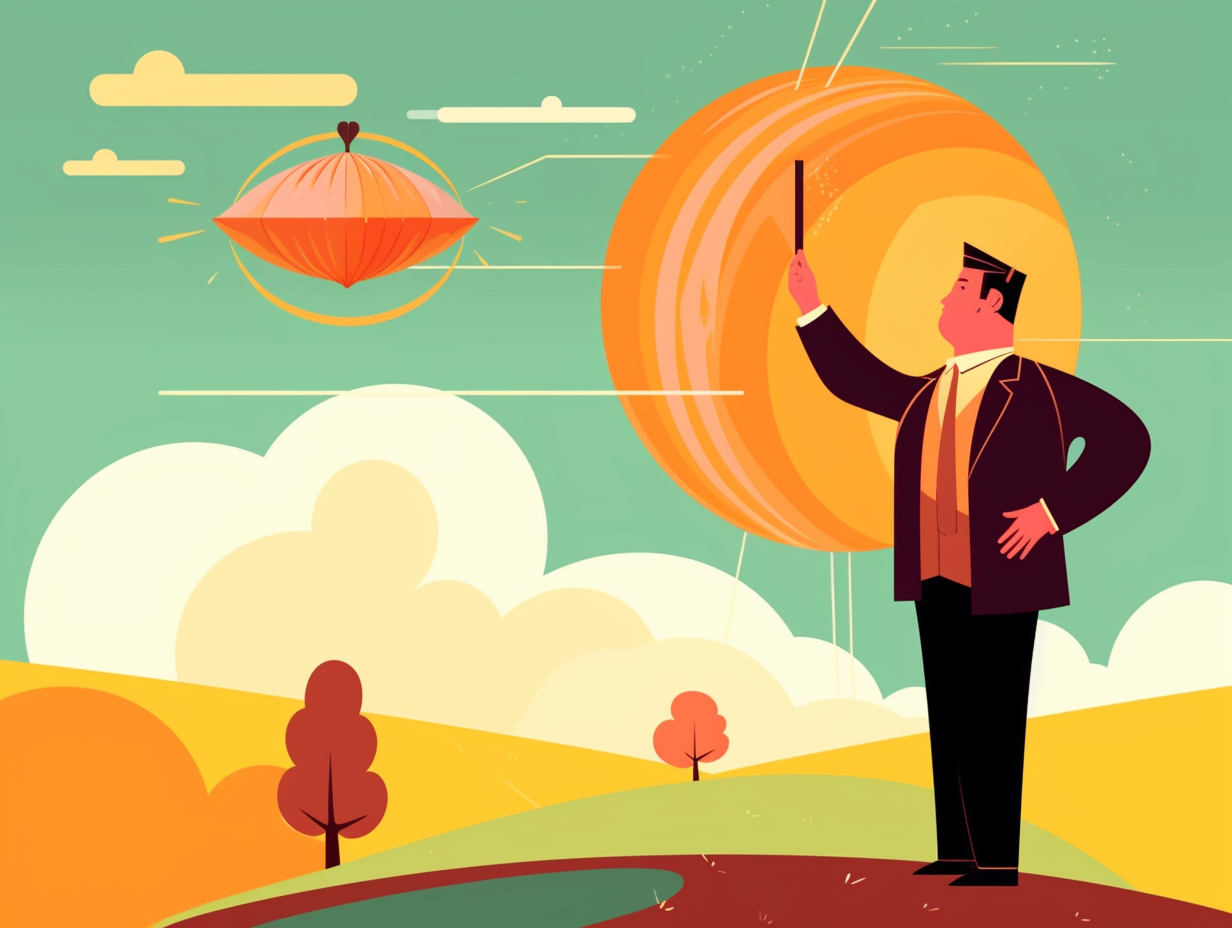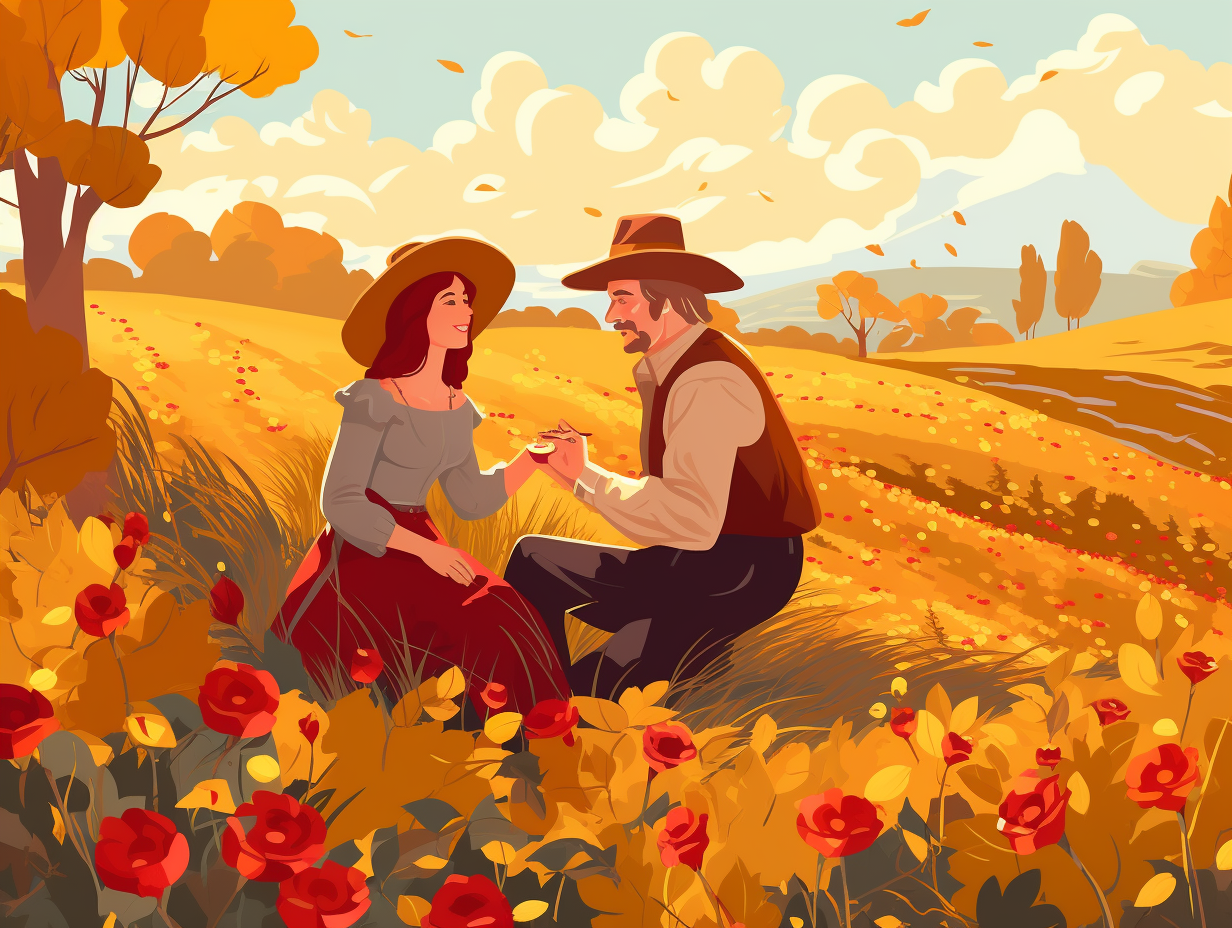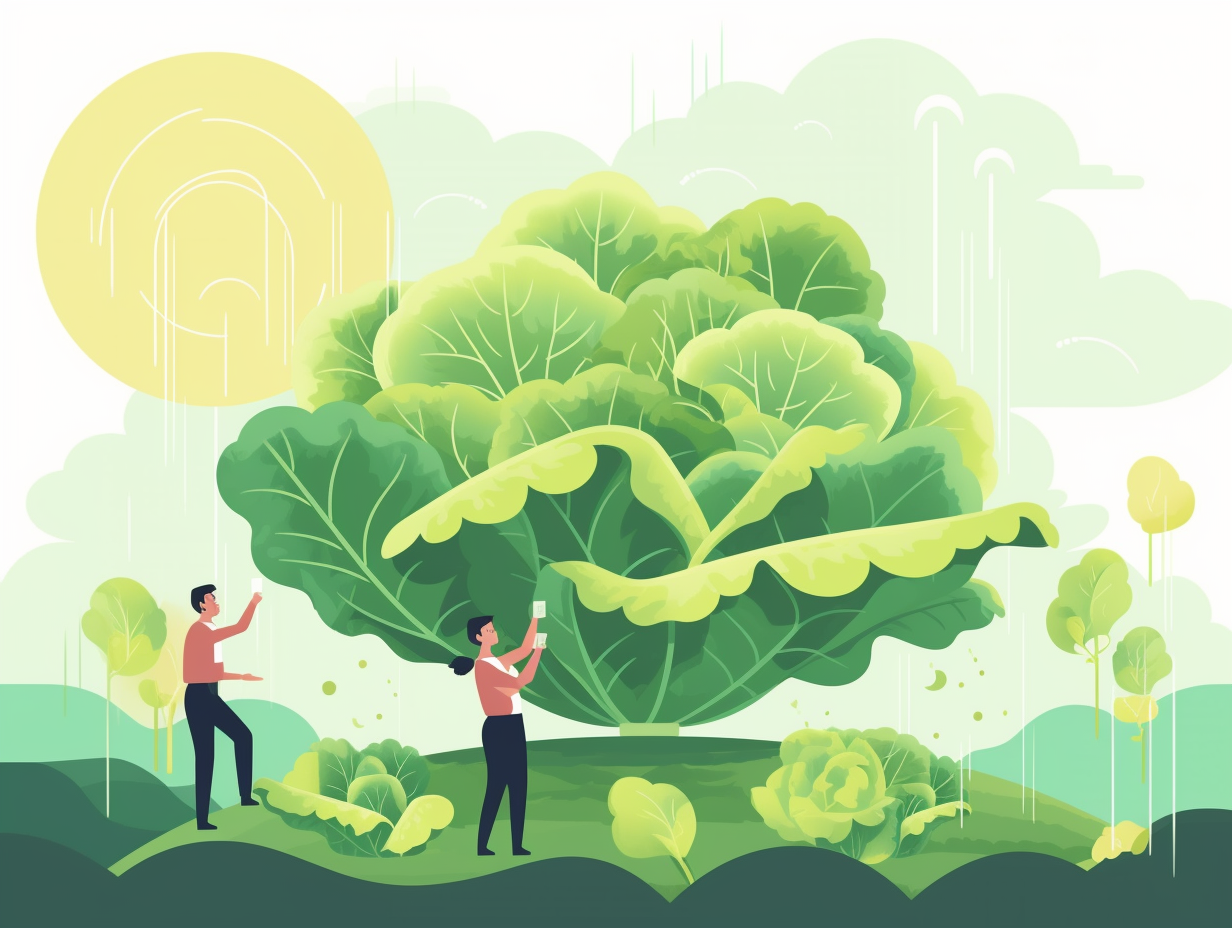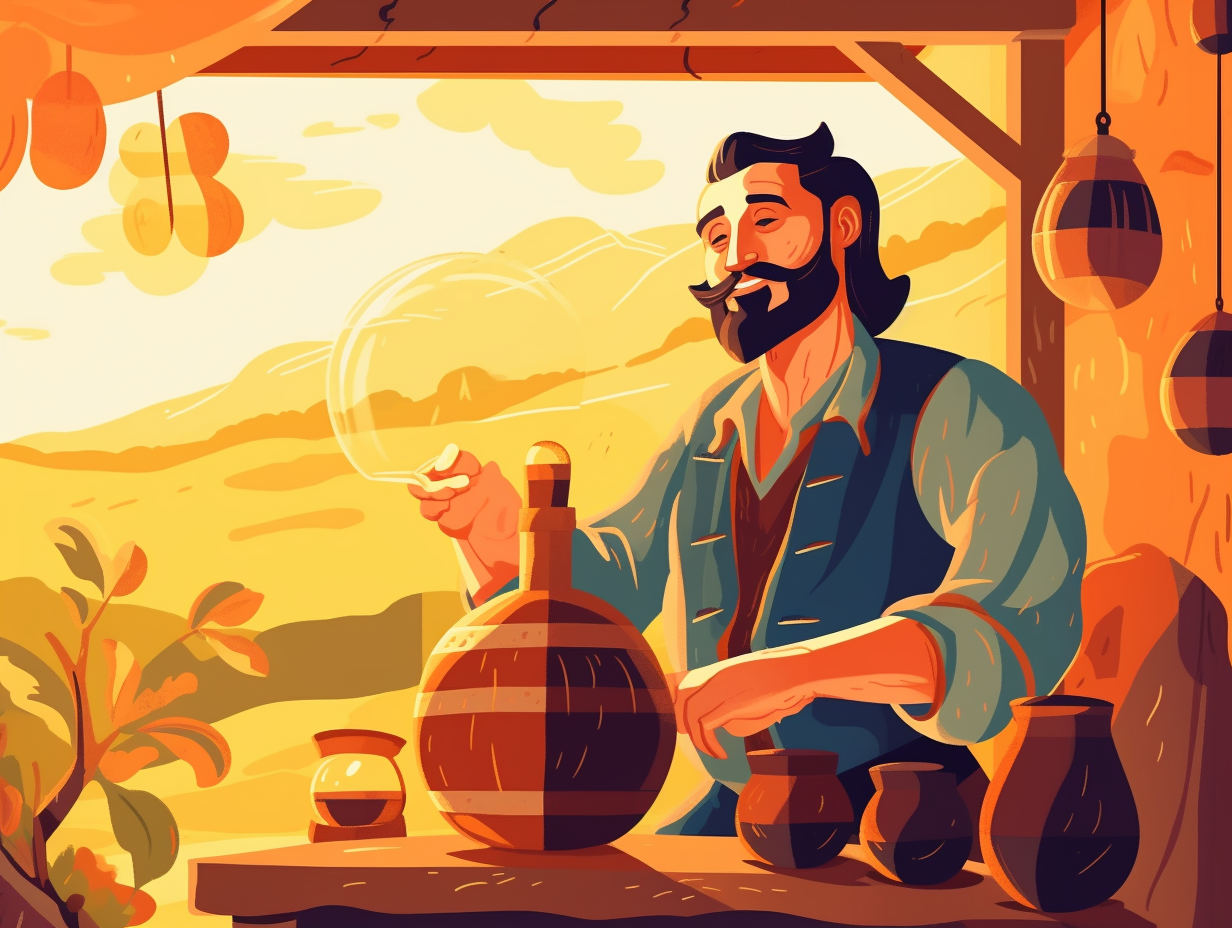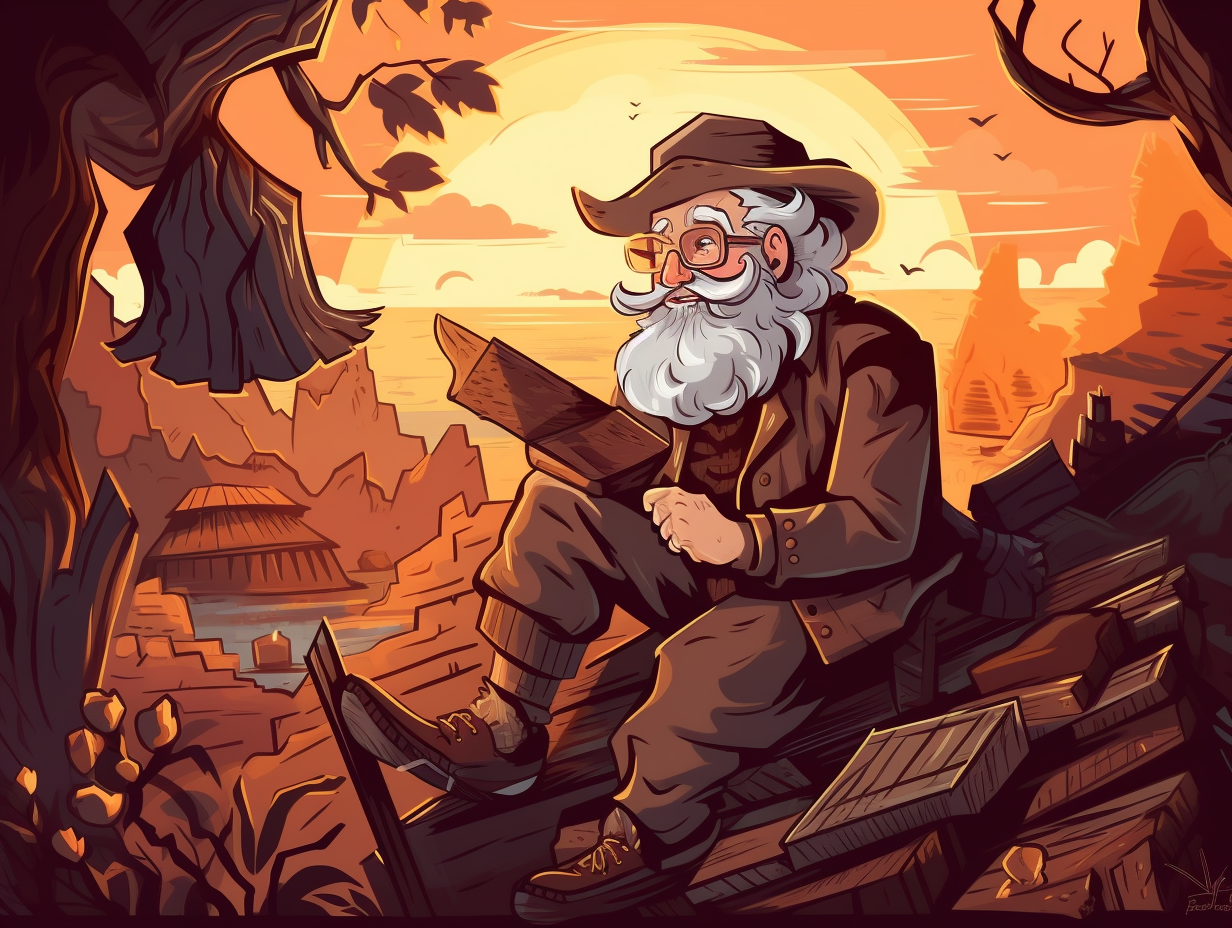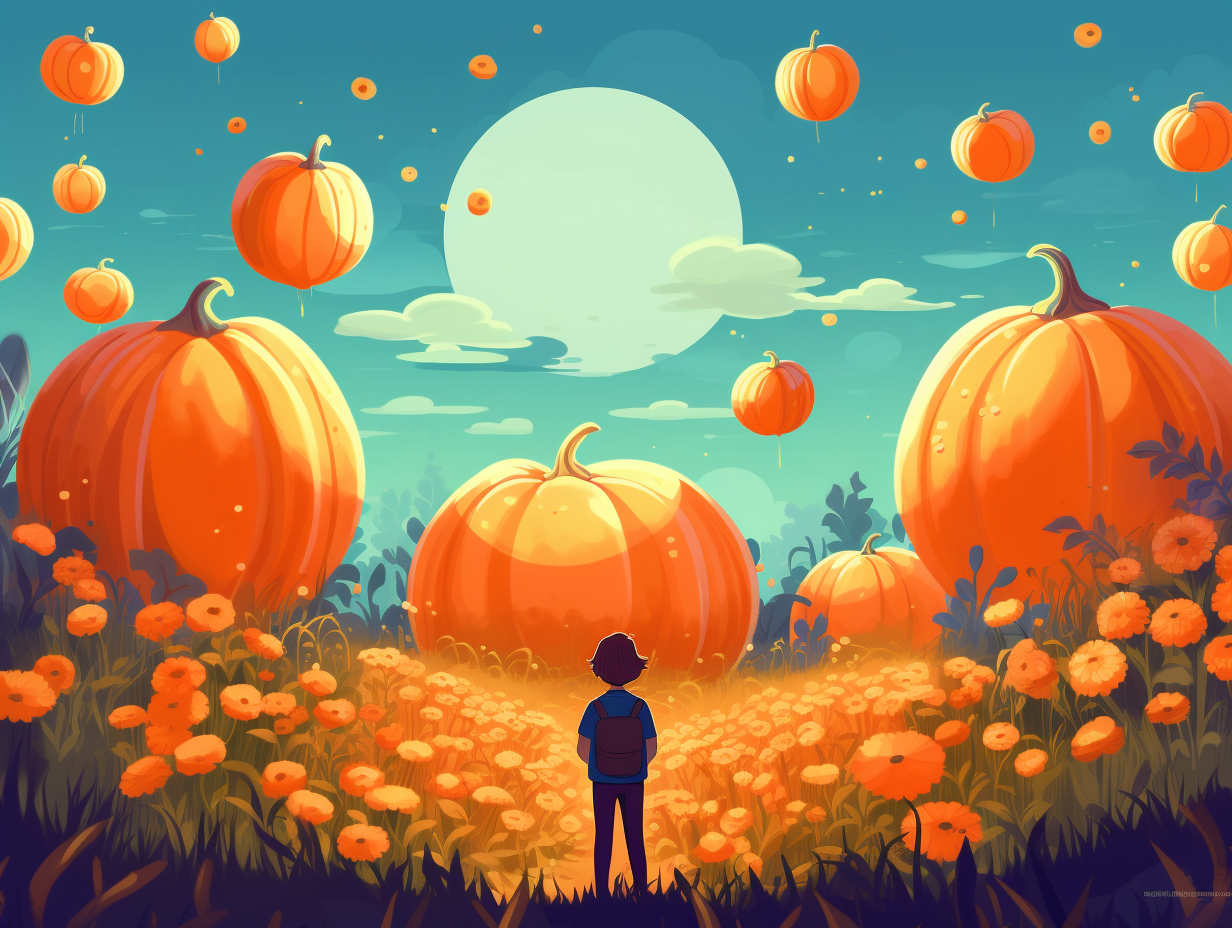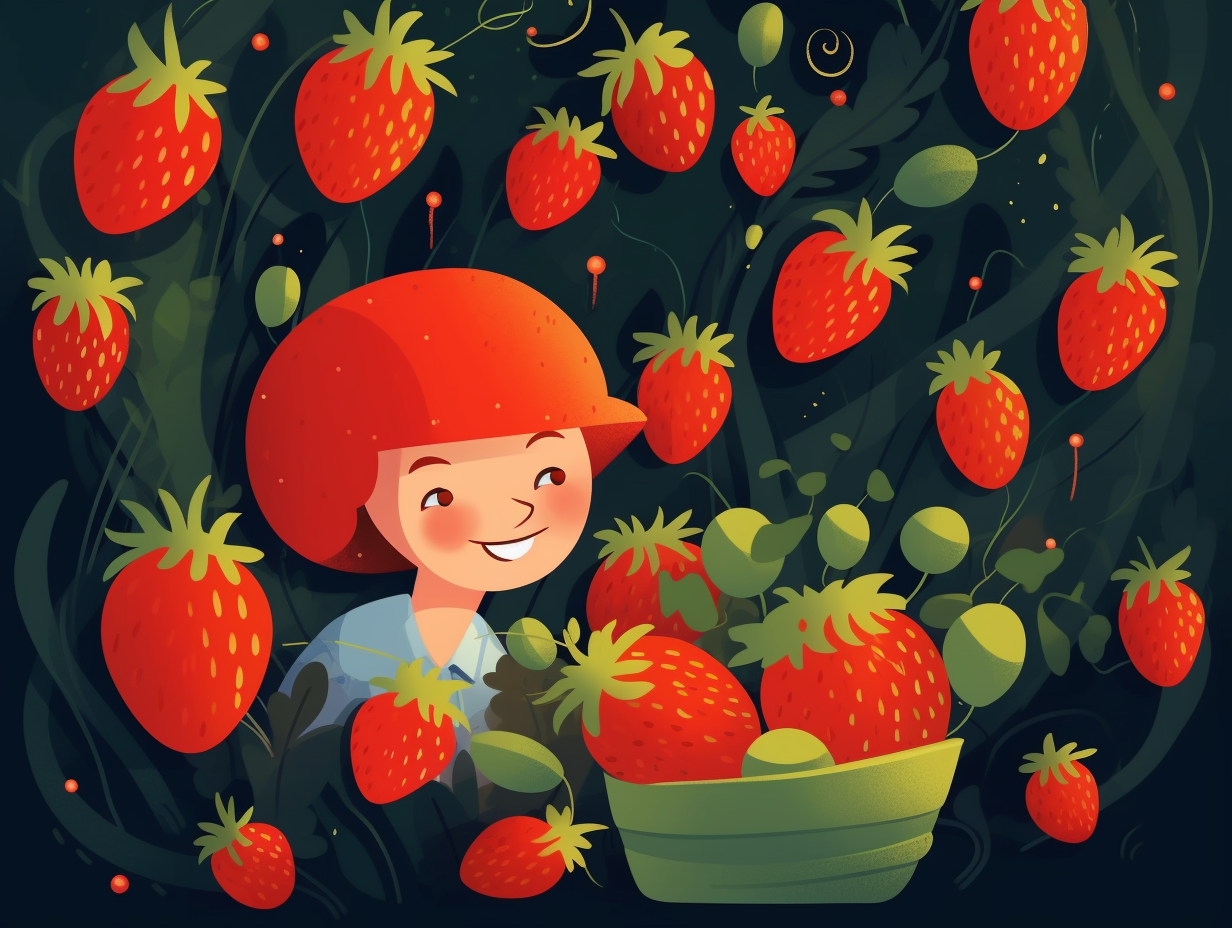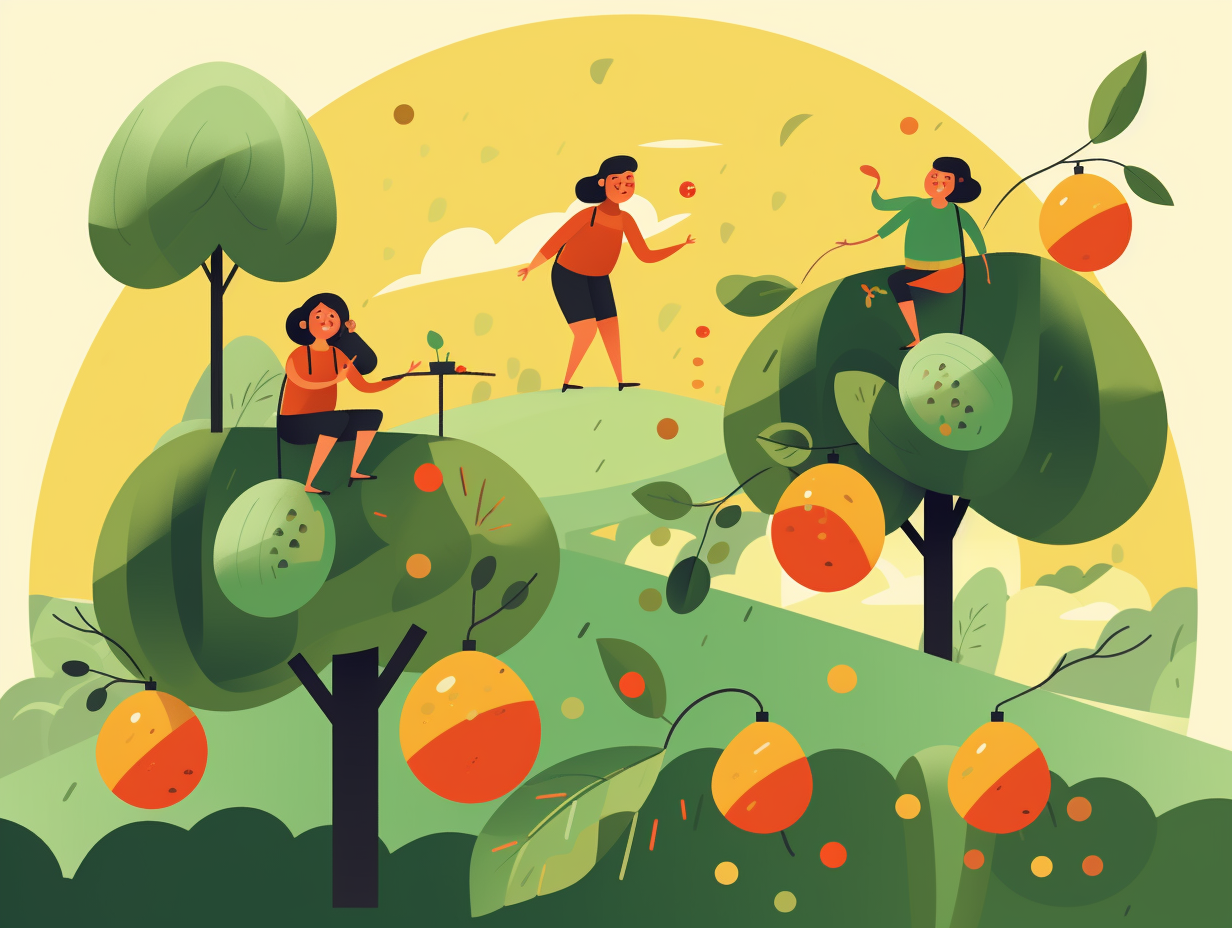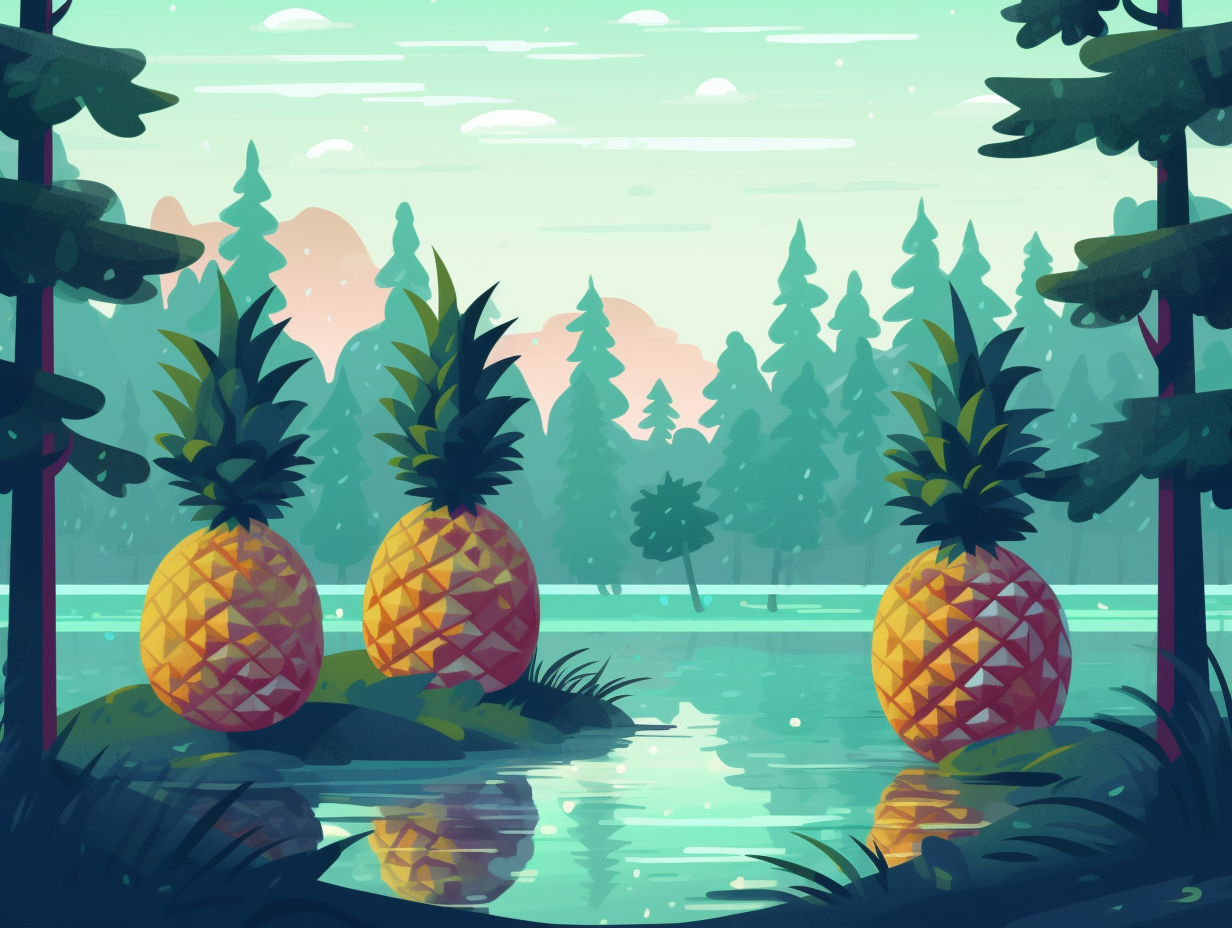Cracking the Shell: Top 6 Egg-citing Fun Facts You Never Knew About Eggs

1. Chicken's Earlobes and Eggshell Color
Why did the chicken blush? Because she thought her eggs-ear were showing! In reality, a chicken's ear lobes are egg-sential indicators of the color of the eggs they lay: those with white lobes produce white eggs, while brown-lobed ones lay brown eggs. However, it's the breed that ultimately determines the eggshell color - like Leghorn's white, Orpington's brown, or Ameraucana's enchanting blue - as pigments are deposited during the egg's journey through the hen's oviduct.
Source => canr.msu.edu
2. Engraved Ostrich Eggs: The First Human Art
In a world where chicken eggs are mere child's play and Cadbury eggs are the stuff of legends, our Stone Age ancestors were busy cracking the code on ostrich eggs: Archaeologists have uncovered 270 engraved ostrich eggshell pieces in South Africa's Western Cape province, dating back to around 60,000 years ago, which are considered the first evidence of graphic traditions amongst prehistoric hunter-gatherer populations, and show emerging symbols of early human art. Not only a feast for the eyes, these eggshells also served as containers for water and other liquids, highlighting early humans' resourcefulness and creativity.
Source => blogs.scientificamerican.com
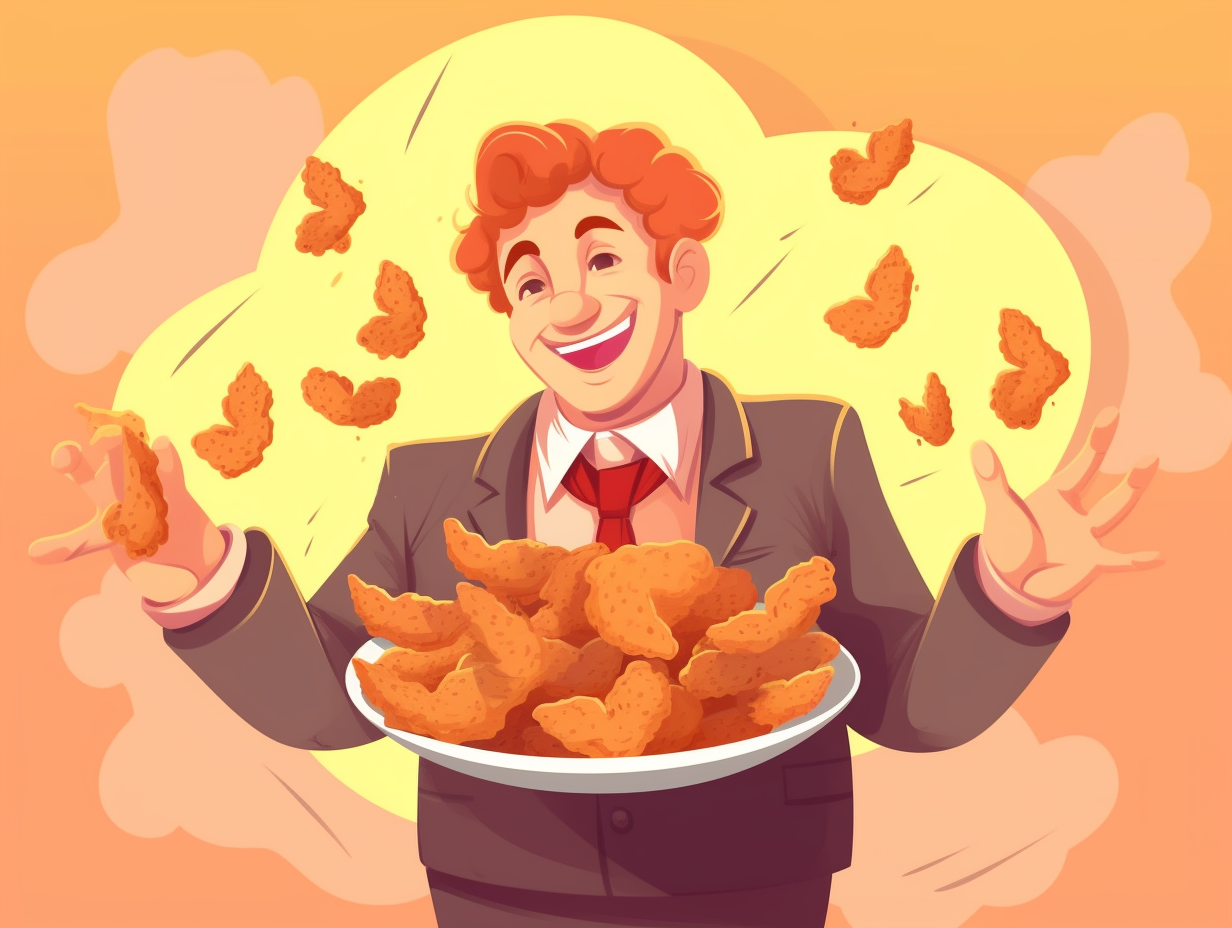
Discover the "Romeo & Juliet" tale of poultry as we reveal the true difference between chicken tenders and chicken fingers and navigate through their culinary love story. 🍗❤️💔
=> Fun Facts about Chicken-Tenders
3. Cascarones: Confetti-filled Egg Party Starters
Crack a joke and a confetti-filled egg: cascarones, the original "eggstra"-special party starter, were once the favorite accessory of high-society ladies who loved their scented powder insides. These fancy-shmancy Spanish-imported eggshells made their way to Mexico in the 1860s, becoming a Carnaval staple and later a Southwestern US tradition, where showering someone's noggin with confetti brings affection and luck!
Source => mommymaestra.com
4. The Oddball, Egg-laying Platypus
What do an egg-laying Australian mammal and an elusive underwater Jack the Ripper have in common? They're both the oddball platypus (don't worry, no platypi were harmed during the making of this fact): As a rare exception to the mammalian rule, the platypus and its egg-laying cousin, the echidna, don't give birth to live young, but they still feed them with milk from pores on their bellies. The male platypus even amps up the intrigue with a venomous spur used during breeding season, a leathery beak, and an electroreceptive system designed specifically for detecting prey underwater.
Source => australian.museum
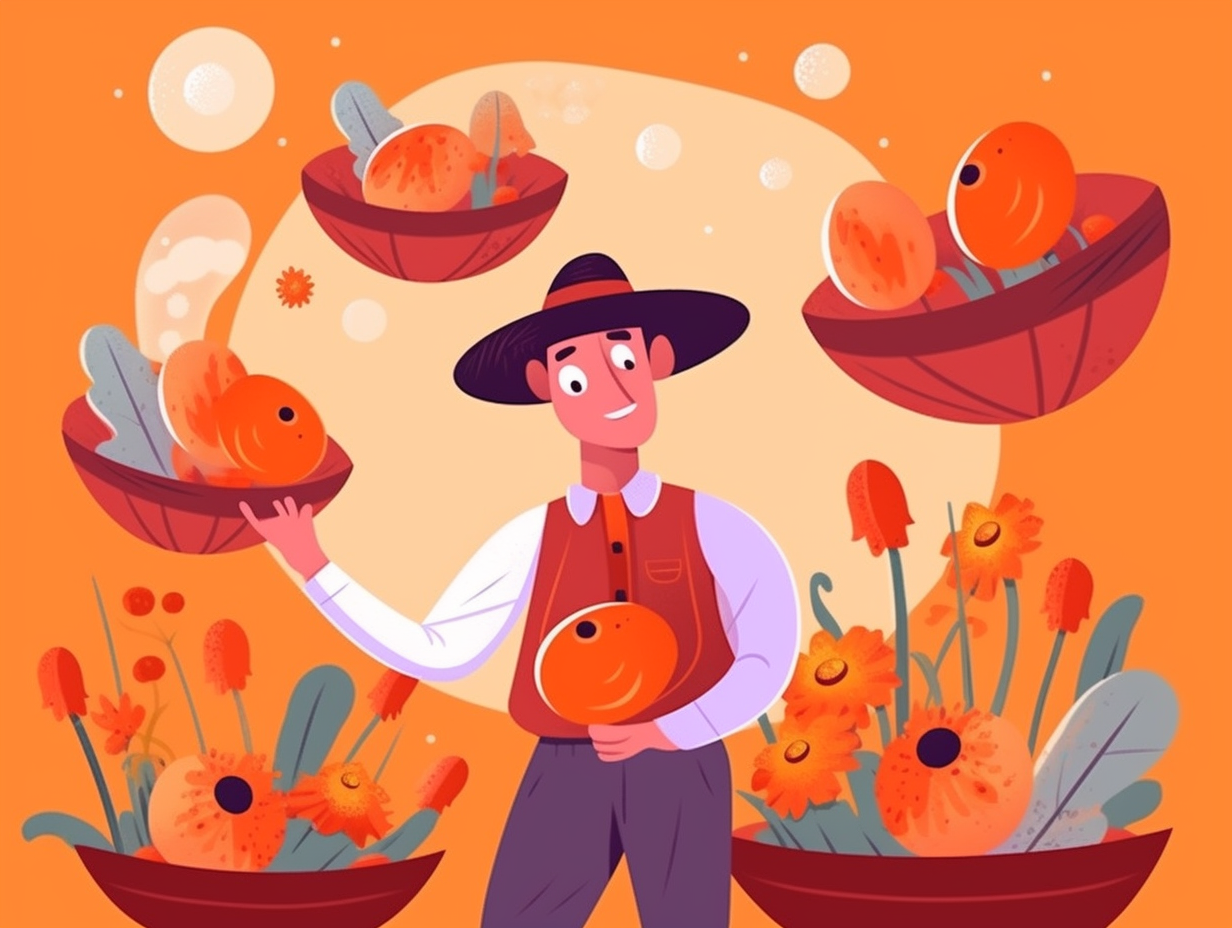
5. Ancient Emojis: Decorated Eggs
Before shell phones and yolkbook: a time when humans used eggs as ancient emojis to spread good vibes, health, and fertility across various continents: This artistic tradition of decorating eggs dates back to 65,000 to 55,000 years before present, with archaeologists finding painted ostrich eggs in South Africa, making it one of the oldest decorative arts worldwide.
Source => blogs.loc.gov
6. Coco de Mer: Mother Nature's Voluptuous Sculpture
When Mother Nature dabbles in sculpting, she doesn't just create art – she delivers double entendres that would put the cheekiest bachelorette party to shame: The coco de mer palm tree is not only the maestro of the largest seed in the plant world, weighing a whopping 30kg, but also the provider of this voluptuous, womanly treasure that resembles a woman's torso from island paradise Seychelles.
Source => en.wikipedia.org
Related Fun Facts

